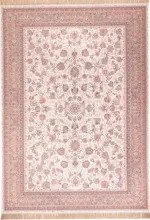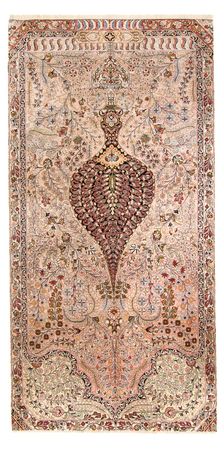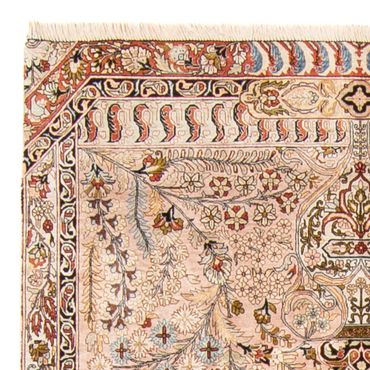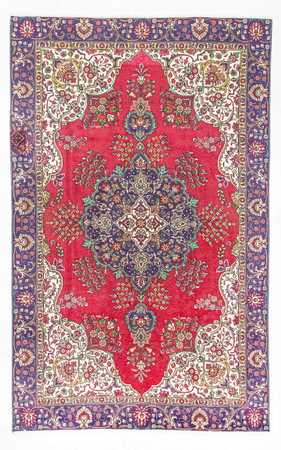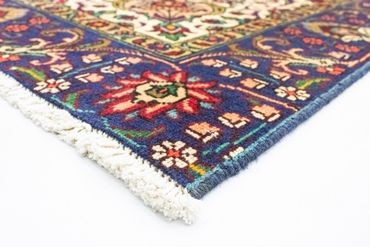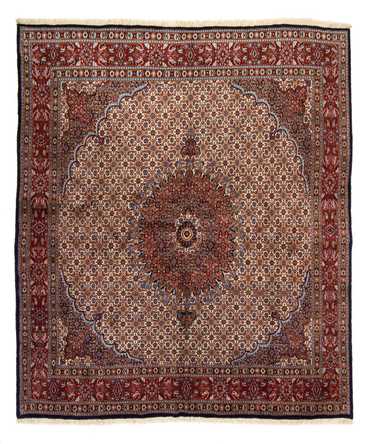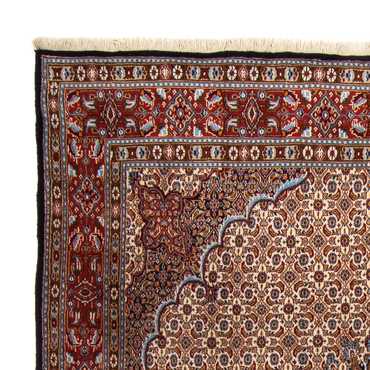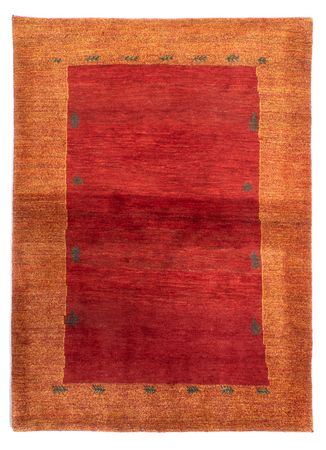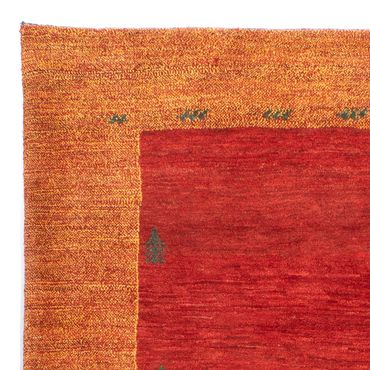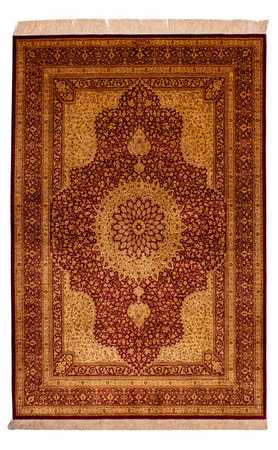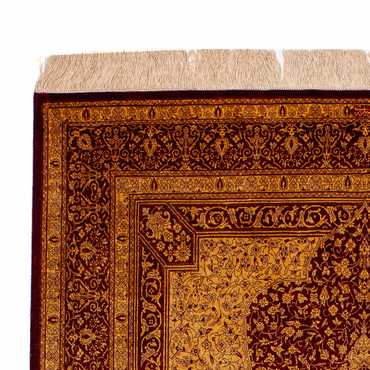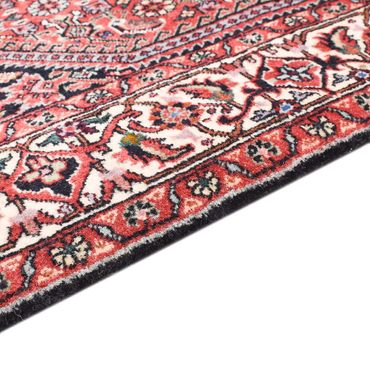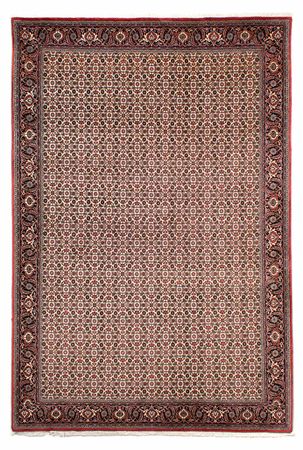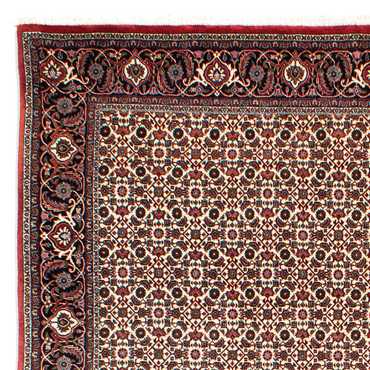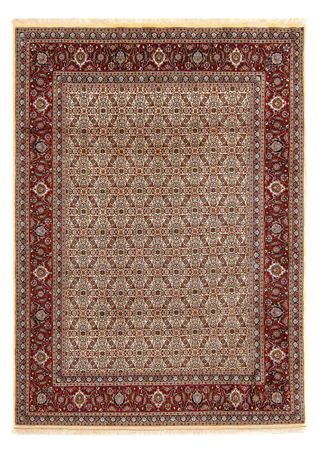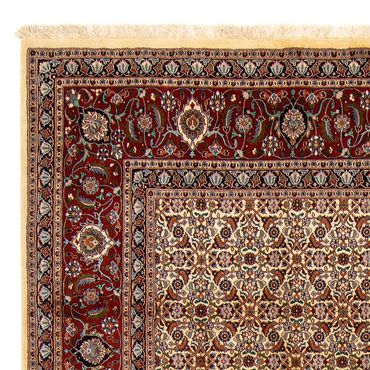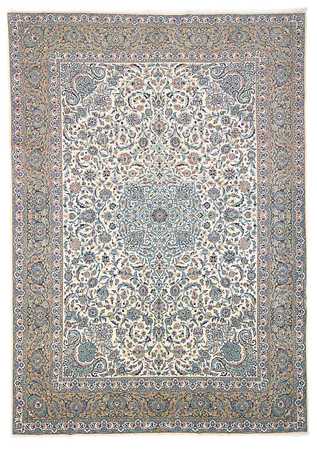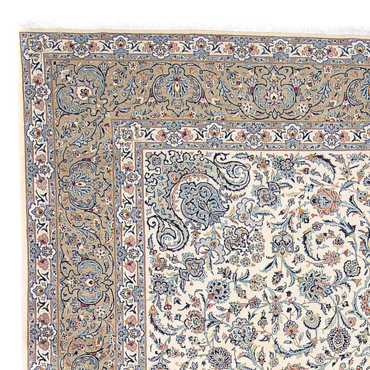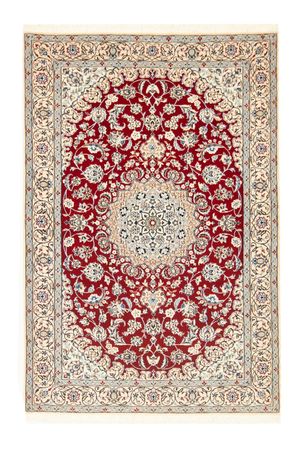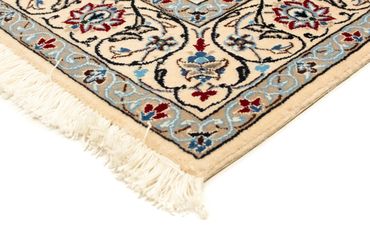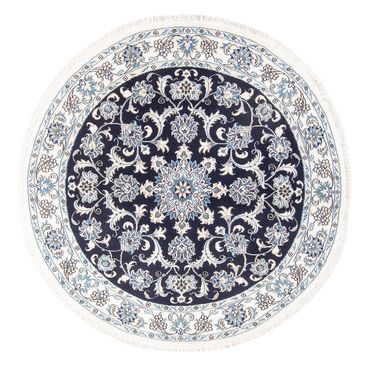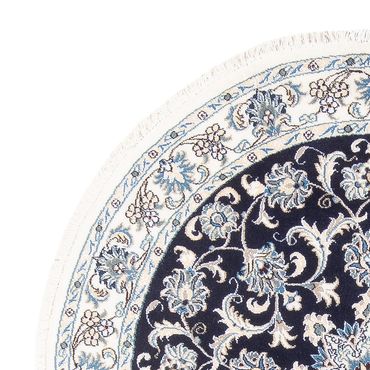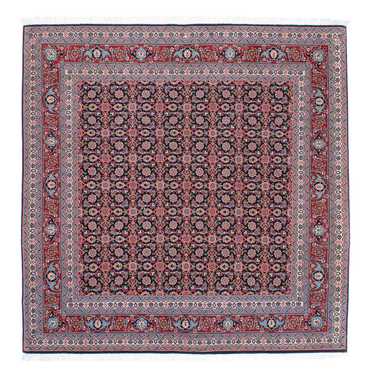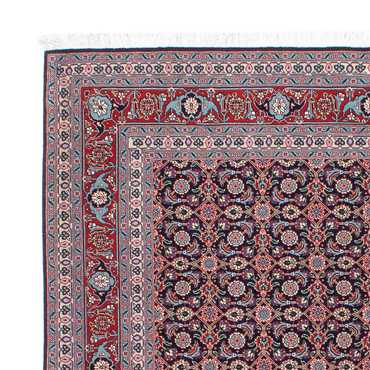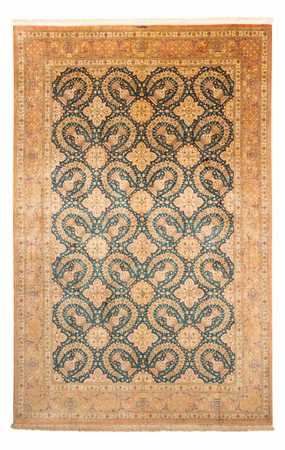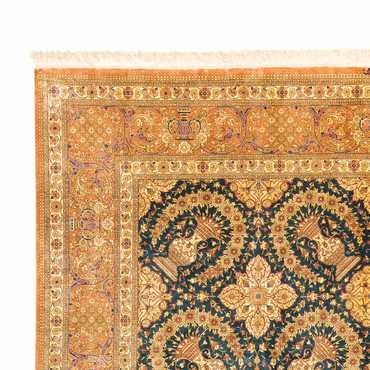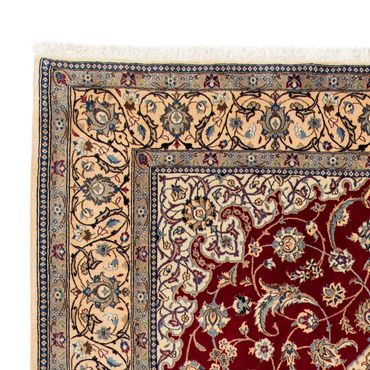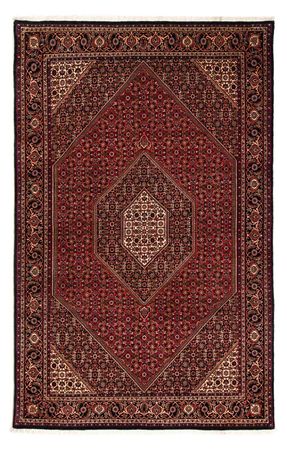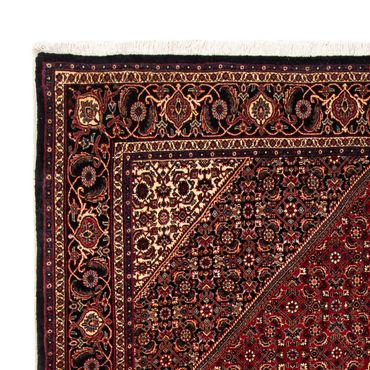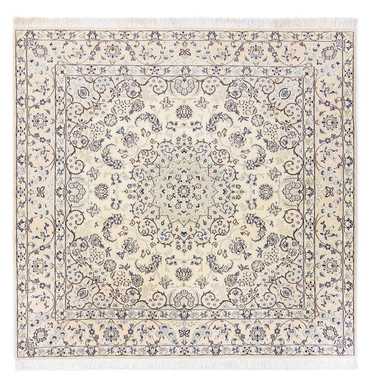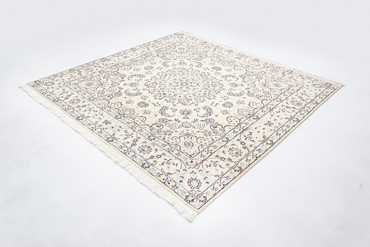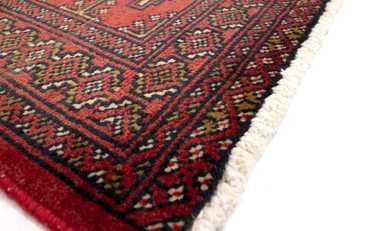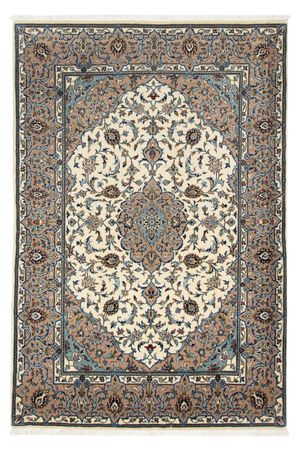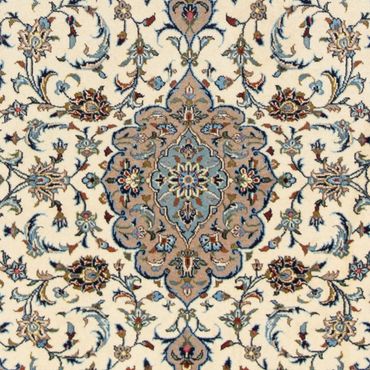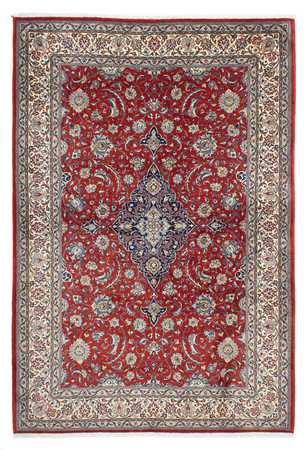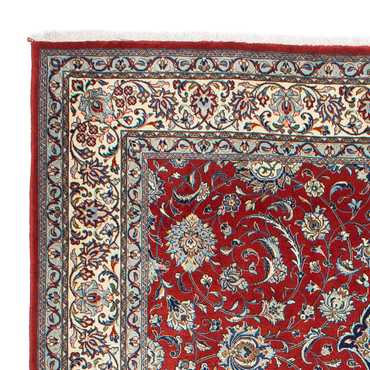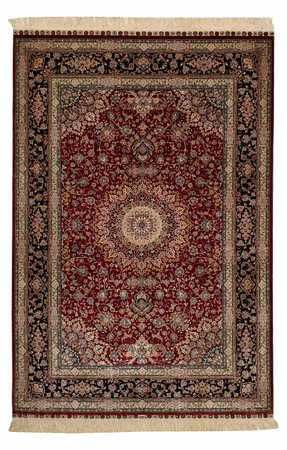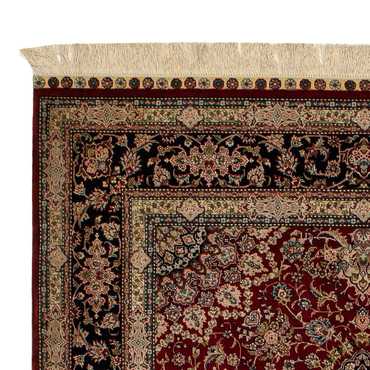- Perser Rug - Ghom -
324 x 19818,294 £
-
- Perser Rug - Tabriz -
287 x 185885 £2,091 £
-
- Perser Rug - Ghom -
87 x 592,067 £
-
- Perser Rug - Keshan -
291 x 1963,639 £
-
- Perser Rug - Bidjar -
156 x 1101,965 £
-
- Perser Rug - Bidjar -
294 x 2006,081 £11,609 £
-
- Perser Rug - Classic -
342 x 2484,925 £
-
- Perser Rug - Keshan -
423 x 3128,613 £
-
- Perser Rug - Tabriz square -
156 x 1553,441 £6,412 £
-
- Perser Rug - Ghom -
300 x 19616,756 £
-
- Perser Rug - Bidjar -
261 x 1645,330 £
-
- Turkaman Rug -
130 x 60189 £433 £
-
- Perser Rug - Keshan -
172 x 1101,771 £
-
- Perser Rug - Royal -
306 x 2144,178 £8,216 £
-
- Perser Rug - Bidjar -
202 x 1403,696 £
-
- Perser Rug - Ghom -
118 x 782,863 £
-
Persian Rugs - A Timeless Tradition of Artistry and Elegance
Persian rugs have captivated the world with their exquisite craftsmanship, intricate designs, and rich cultural heritage. Renowned for their unparalleled beauty and durability, these hand-woven masterpieces hold a special place in the realm of decorative arts. In this article, we will delve into the captivating world of Persian rugs, exploring their historical significance, artistic elements, caring methods, and much more. Join us on this journey as we unravel the enchanting tale behind these extraordinary creations.
1. Introduction to Persian Rugs
Persian rugs, also known as Iranian carpets, are hand-knotted or hand-woven rugs originating from Persia (modern-day Iran). With a history spanning thousands of years, these rugs have become synonymous with elegance and sophistication. Each Persian rug is a testament to the skill and artistry of its weaver, often reflecting the cultural influences of the region.
2. Historical Background of Persian Rugs
The origins of Persian rugs can be traced back to ancient Persia, where carpet weaving flourished as a revered craft. Dating as far back as 500 BCE, Persian rugs have witnessed the rise and fall of empires, evolving alongside the changing artistic and cultural landscape of the region. Their intricate designs and patterns often tell stories of ancient civilizations, making them not just floor coverings but also historical artifacts.
3. The Art of Persian Rug Weaving
Materials Used in Persian Rug Weaving
The creation of a Persian rug begins with the careful selection of materials. Wool, silk, and cotton are the primary fibers used in Persian rug weaving. Wool, known for its durability and natural luster, is most commonly used, while silk adds a touch of luxury and intricate detailing to select rugs. Cotton is often used for the foundation and warp threads.
Persian Rug Weaving Techniques
The weaving techniques employed in Persian rug making are as diverse as the regions from which they originate. Two widely practiced techniques include the "symmetrical" or "Turkish" knot and the "asymmetrical" or "Persian" knot. These knots determine the density, durability, and overall appearance of the rug.
4. Persian Rug Designs and Patterns
The captivating beauty of Persian rugs lies in their mesmerizing designs and patterns. Persian rug designs can be categorized into three main types: floral patterns, geometric patterns, and medallion patterns. Each style carries its unique symbolism and aesthetic appeal.
Floral Patterns in Persian Rugs
Floral patterns are among the most prevalent and cherished designs found in Persian rugs. They often depict intricate arrangements of flowers, vines, and botanical elements, representing the abundant beauty of nature. These patterns imbue a sense of tranquility and grace into any space they adorn.
Geometric Patterns in Persian Rugs
Geometric patterns in Persian rugs showcase precise lines, angles, and shapes. They exude a sense of order, balance, and harmony. Geometric designs can range from simple and bold to complex and intricate, making them versatile for various interior design styles.
Medallion Patterns in Persian Rugs
Medallion patterns are characterized by a central focal point, often a large, symmetrical motif placed in the middle of the rug. Surrounding the medallion are intricate patterns and borders that complement and enhance its presence. These rugs make a bold statement and serve as captivating focal points in any room.
5. The Significance of Colors in Persian Rugs
Colors play a crucial role in Persian rugs, as they convey emotions, traditions, and cultural narratives. The color palette used in a rug can evoke feelings of warmth, tranquility, passion, or joy. Various dyes derived from natural sources are traditionally used to achieve a wide range of vibrant hues that age gracefully over time.
6. Types of Persian Rugs
Persian rugs encompass a diverse range of styles, with each region in Iran producing its unique variations. Here are five prominent types of Persian rugs:
Tabriz Rugs
Tabriz rugs are known for their exceptional craftsmanship and intricate designs. They often feature elaborate floral patterns and a high knot density, resulting in remarkable clarity and detail.
Kashan Rugs
Kashan rugs are celebrated for their elegance and refined aesthetics. Renowned for their finely woven silk rugs, Kashan produces masterpieces with timeless beauty and intricate motifs.
Isfahan Rugs
Isfahan rugs are esteemed for their exquisite craftsmanship and delicate patterns. These rugs often feature intricate medallion designs, intricate floral motifs, and a rich color palette.
Heriz Rugs
Heriz rugs are recognized for their bold, geometric designs and vibrant color combinations. With a distinct tribal influence, these rugs are highly durable and suitable for high-traffic areas.
Nain Rugs
Nain rugs are prized for their superb craftsmanship and intricate designs. Renowned for their use of fine wool and silk, Nain rugs often showcase delicate floral patterns and a luxurious feel.
7. Caring for Persian Rugs
To ensure the longevity and beauty of your Persian rug, proper care and maintenance are essential. Here are some tips to help you preserve these treasured works of art:
Regular Cleaning and Maintenance
Regular vacuuming, rotation, and gentle brushing help prevent the accumulation of dirt and dust. It's also important to avoid direct sunlight exposure to prevent color fading.
Stain Removal Tips
In the event of spills or stains, it's crucial to act quickly. Blotting the affected area with a clean cloth and using a mild detergent solution can often remove stains. However, for stubborn stains or valuable rugs, professional cleaning is recommended.
Professional Cleaning and Restoration
Periodic professional cleaning and restoration by experienced rug experts can revitalize and extend the life of your Persian rug. Professional services include deep cleaning, stain removal, and repairing any damages.
8. Decorating with Persian Rugs
Persian rugs can transform any space into a luxurious and inviting environment. Here are some ideas for incorporating Persian rugs into your home decor:
Living Room Decor Ideas
Place a Persian rug as a focal point in your living room, anchoring the seating area and adding a touch of elegance. Complement the rug's colors with coordinating pillows, curtains, and artwork for a cohesive look.
Bedroom Decor Ideas
A Persian rug placed at the foot of the bed can add warmth and luxury to your bedroom. Opt for a rug with soothing colors and intricate patterns to create a serene and inviting ambiance.
Dining Room Decor Ideas
Enhance your dining room's sophistication by placing a Persian rug underneath the dining table. The rug's patterns and colors can add visual interest and create an inviting space for shared meals.
Conclusion
Persian rugs represent a harmonious blend of art, history, and cultural heritage. These timeless treasures continue to captivate individuals around the world with their exquisite craftsmanship and unparalleled beauty. Whether you admire them for their intricate designs, historical significance, or as valuable investments, Persian rugs stand as testaments to human creativity and artistry.
FAQs
1. How can I determine the authenticity of a Persian rug?
Authenticating a Persian rug requires knowledge and attention to detail. Look for factors such as craftsmanship, materials used, knot density, and certification from reputable rug organizations. Consulting with experts or reputable dealers can also provide valuable insights.
2. Are Persian rugs suitable for high-traffic areas?
Certain types of Persian rugs, such as Heriz rugs, are known for their durability and resilience, making them suitable for high-traffic areas. However, it's important to consider the rug's specific construction and materials to ensure it can withstand heavy use.
3. How do I remove stains from a Persian rug?
For minor stains, prompt action is crucial. Blot the affected area gently with a clean cloth and use a mild detergent solution if necessary. However, for valuable rugs or persistent stains, it's best to seek professional cleaning services to avoid further damage.
4. Can I place a Persian rug on top of carpet?
Yes, placing a Persian rug on top of carpet can add a layer of visual interest and warmth to a room. It can also help define spaces within a larger area, such as creating a cozy seating area in a living room.
5. Are Persian rugs a good investment?
Persian rugs have historically proven to be valuable investments due to their rarity, craftsmanship, and cultural significance. However, it's important to research and consider factors such as rug quality, origin, condition, and market trends before making an investment decision.
